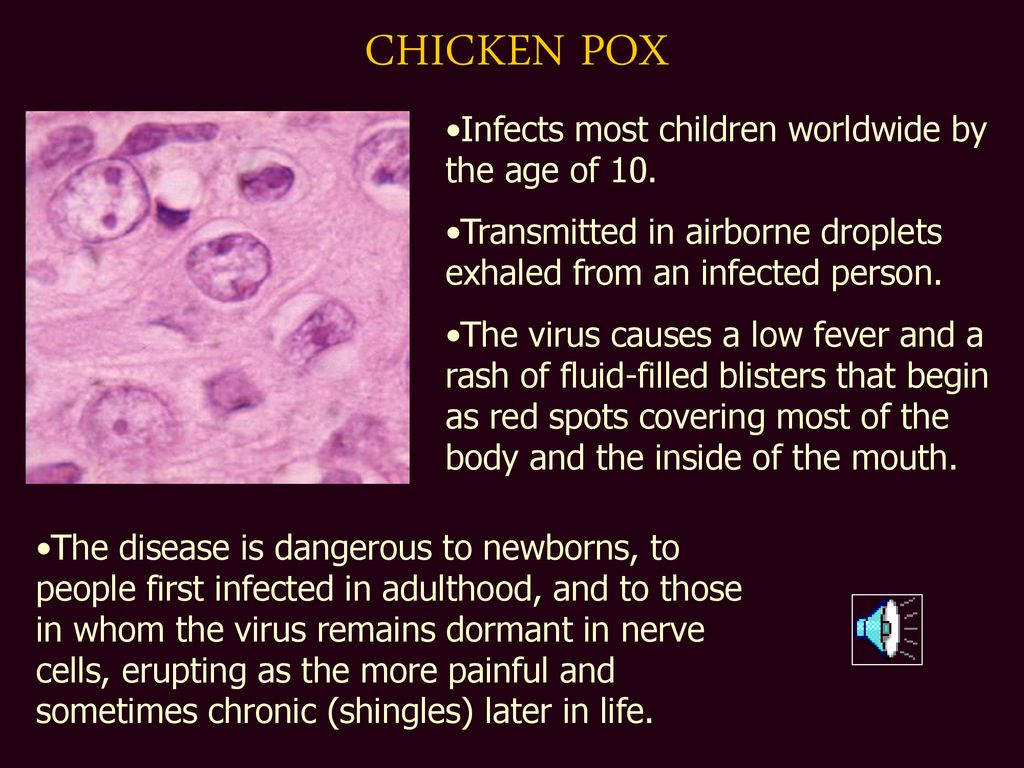Table of Contents
- new_view
- Chickenpox Outbreak: Kerala Records 6,744 Cases and 9 Deaths In 75 Days ...
- Outbreaks of measles and chickenpox in eastern Uttar Pradesh, India ...
- More about vaccines – Musings of a Curious Mind
- VIRUSES - ppt download
- #13: The success of chickenpox vaccines - by Saloni Dattani
- showed although the total number of chickenpox varies from 2009-2013 ...
- Table 1 from Epidemiological Report on Outbreak Investigation of ...
- 13 chickenpox cases reported in Ionia County; vaccinations urged ...
- Mel Cross Graphics Portfolio



Global Distribution and Prevalence



Transmission



Risk Factors
Several risk factors increase the likelihood of developing complications from chickenpox. These include: - Age: Infants, adolescents, and adults are at a higher risk of complications. - Pregnancy: Pregnant women who contract chickenpox, especially during the first 20 weeks of gestation, are at risk of congenital varicella syndrome. - Immunocompromised Status: Individuals with weakened immune systems due to illness or medication are more susceptible to severe chickenpox.
Vaccination and Prevention
The introduction of the varicella vaccine has significantly reduced the incidence of chickenpox and its complications. The vaccine is recommended for all children and is often administered in combination with the measles, mumps, and rubella (MMR) vaccine. Two doses of the vaccine are recommended: the first dose at 12-15 months of age and the second dose at 4-6 years of age. Vaccination not only protects the individual but also contributes to herd immunity, reducing the spread of the virus in the community. The epidemiology of varicella-zoster virus infection underscores the importance of continued vigilance and preventive measures against chickenpox. Understanding the dynamics of its spread, identifying high-risk groups, and implementing vaccination programs are critical in controlling the disease. As global health strategies evolve, the role of epidemiological research in informing public health policy and practice becomes increasingly evident. By addressing the challenges posed by VZV infection, we can work towards a future where the burden of chickenpox is significantly reduced, protecting the health and well-being of populations worldwide.References: - Centers for Disease Control and Prevention. (2022). Chickenpox (Varicella). - World Health Organization. (2022). Varicella and herpes zoster.